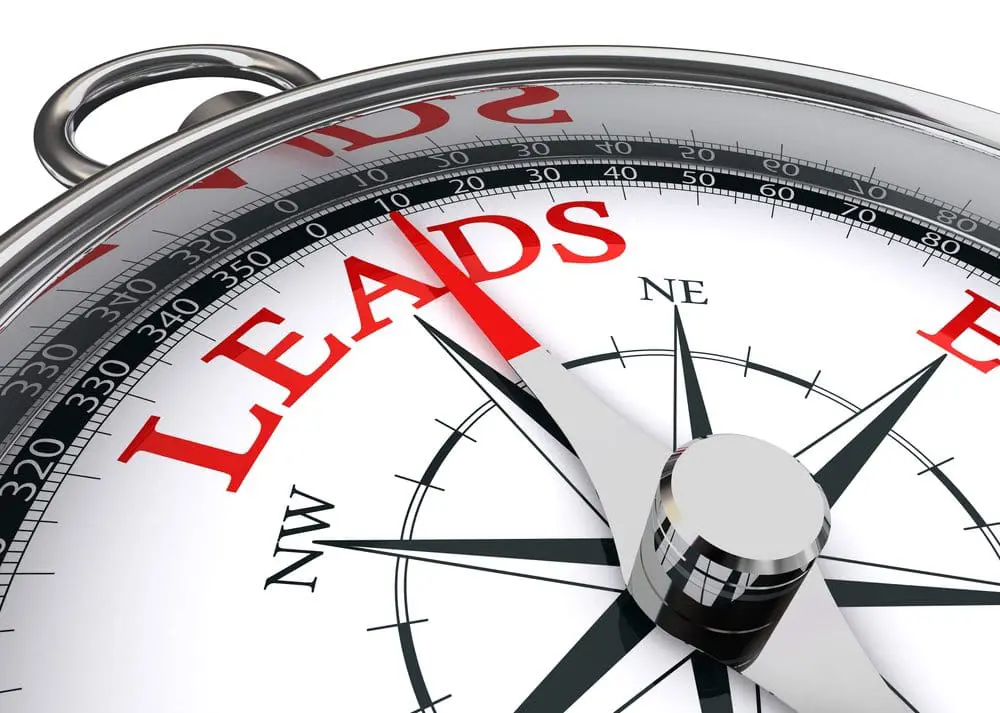Marketers are often asked how to increase traffic on websites, but the question is really how to increase leads. As a matter of fact, you could have an exponential increase in traffic to your site, but that doesn’t necessarily mean increased business unless you convert visitors into leads and leads into sales.
Start Converting Visitors Into Leads with a Call to Action on Your Home Page
Let’s say a visitor is scrolling through your site and they come across a page with an offer for a free download of an eBook on How to Generate Leads and Increase Sales. The copy on the page—a CTA (Call to Action)—further states “Learn more about how to turn your site into a sales conversion tool.”
This CTA gets the visitor’s attention—after all, it’s your visitor’s main concern—increasing leads and converting leads into real business! You probably want to place the CTA just below the fold on the first page, making it highly visible, but not the first thing a visitor sees—let them understand who you are, what you do, and then offer them something of value to make their visit worthwhile.
Positioning Your Form and Conversion Message on the Landing Page
The visitor then clicks on the download bar and is immediately transported to a landing page where there is a form field that asks for minimal but useful contact information and provides a selection of position titles from which a visitor can choose and a space to note their primary reason for visiting you. There is also a button to subscribe to the company blog, and a download button that takes them to the Thank You page where they download their eBook.
Note the invitation and link on the landing page—it’s a key part of your conversion message: “If you would like to speak with someone personally about how you can increase bottom line revenue for your company, please email our team sales specialist (here insert hyperlink to an account manager). We look forward to speaking with you!” (That link will take them to a separate page and another contact form that notifies your point person to call them immediately.)
Thanking Your Visitors by Providing Access to Another Free Offer
So now the visitor is at the Thank You page. The copy reads “Thank You!” and there is the actual download link for their eBook. Not only do they download the free eBook here, but the copy asks: “Looking to generate more sales qualified leads from your website?” (And now your prospective lead finds another free offer . . . .) “To set up a lead generation consultation and a tour of our lead generation platform, please email (here insert name of appropriate person)!” And here is another form field for your free consultation along with a Send button.
Offering Valuable How-to Information in Exchange for Lead Information
You have now facilitated one of the most equitable exchanges available in marketing—offering valuable how-to information in exchange for valuable prospect information. The quality of your lead is determined by the quality of information they give you (e.g., VP Marketing vs. Account Manager) and how they respond to your offer (e.g., request for a personal consultation is usually a pretty good signal that you have a qualified lead).
The More Landing Pages You Have, the More Leads You Can Expect
Before getting to a few details, do a quick visualization—bookends. The CTA is one bookend and the Thank You page is the other bookend. The landing page is positioned between the bookends. The landing page will not work effectively (it might even collapse) without both bookends.
Position free offers strategically. Place top-of-the-funnel type offers (white papers, eBooks, other downloads) on top level pages and mid-funnel offers (requested quote, free software trial, pricing) further down. Create offers relative to specific needs of your buyer personas.
Keep your landing page free of distractions and clutter—its purpose is to give the visitor space to complete the lead capture form and give you the information you need to qualify your visitor. Remove main site navigation to allow visitors to focus solely on form.
For every landing page on your site, have a Thank You page. The idea of a Thank You page is to say “Thank You” and extend another offer that means value to your visitors and converts visitors into leads. The more landing pages you have, the more leads you can expect.
